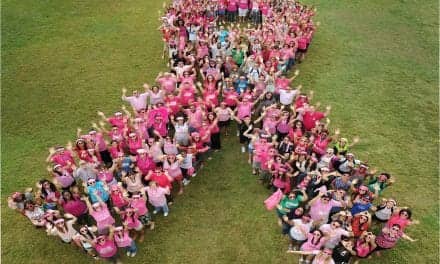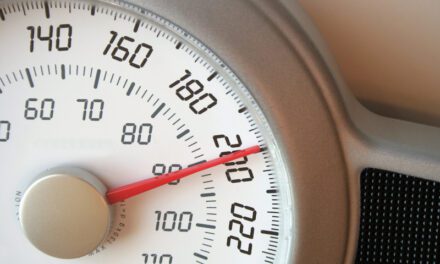At first glance, these stories may seem to be about bad decisions. However, start asking around and it becomes clear that the increased frequency of black women being harmed in back-alley cosmetic surgeries may be caused by something even more troubling: The extreme societal pressure put on black women to have an hourglass figure. As a result, more and more black women end up going to great lengths to achieve what’s considered “the ideal black body type,” and for many, it’s been a goal worth risking death.
The Rise of the Back-Alley Procedure
In 2016, Americans spent more than 15 billion dollars on combined surgical and nonsurgical procedures; African-Americans accounted for 7.3 percent of that total, according to data from the American Society for Aesthetic Plastic Surgery (ASAPS). And according to the 2016 National Plastic Surgery Statistics issued by the American Society of Plastic Surgeons (ASPS), the number of legal butt lifts performed in the U.S. has gone up 213 percent since 2000, with an 18 percent increase just over the past year.
Of course, quality booty work comes with a hefty price tag — between $5,000 and $15,000. “Unfortunately, the costs of plastic surgery have been on the rise and many Americans have sought less expensive options,” says Melissa A. Doft, a New York City-based, board-certified plastic surgeon and clinical assistant professor of surgery Weill Cornell Medical College. This, in turn, creates a prime environment for an increase in what the medical community calls “back-alley surgeries” — risky cosmetic surgery procedures performed by a non-medical professional, often at a discounted price.
“Among the African American and Latin communities, we see things called ‘pumping parties’ most frequently in hotel rooms, where women can get injected for anywhere from a few hundred bucks to $1,500,” says Rubinstein. “They’ll invite one of these practitioners who gets the stuff from god knows where; sometimes it’s silicone or this stuff they call hydrogel or biopolymer. Bipolymer is a big catchphrase these days but no one knows exactly what it is. Honestly, it could be anything.”
The Big Question: Why?
The black female body has been commodified for centuries, with one notable example being that of Saartjie (Saartjie) Baartman. Brought from South Africa to England in 1810, Baartman — who suffered from a disease that caused fat build-up in her buttocks, resulting in an extremely large bottom — appeared in freak shows in London and Paris, becoming an object of European curiosity and African exploitation. Ironically, modern-day public figures like Blac Chyna and Kim Kardashian have seemingly emulated the same large features that led to Baartman’s exploitation. Celebrities are often directly related to the trend, explains Doft. “As the interest in buttock augmentation rises among Americans, so does the number of people performing the procedure.”
“I certainly think it can affect black women’s self-image and sense of value,” says Ashley Ford, New York City-based writer, speaker, and cultural critic. “I remember being 14 and having an older schoolmate describe me as ‘shaped like a white girl’ because I didn’t have much of a butt. It felt strange and like he was trying to take something from me inherent in my blackness. But as I got older, the butt came, the thighs came, and the reactions from men made me uncomfortable. I think what really affects black women’s self-esteem is being reduced to our bodies.”
There’s no consensus on the origin of these pressures, but many agree that it’s presented by the media and may be perpetuated within the black community.



